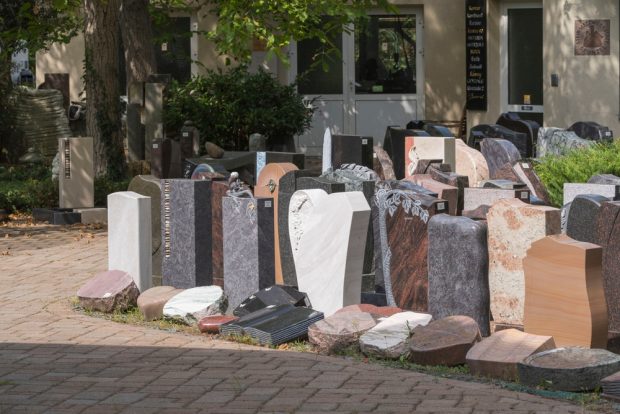Choosing a headstone involves selecting durable materials that can withstand the test of time and environmental factors. Certain materials are known for their longevity and ability to retain their aesthetic appeal over many years. This guide explores different headstone materials and their durability, helping you determine which types last the longest and how to choose the best gravestone material for lasting memorials.
Factors Influencing Headstone Longevity
Importance of Material Selection
Selecting the right material is crucial for the longevity and maintenance of a headstone. Factors to consider include durability, resistance to weathering, and aesthetic qualities.
Environmental Conditions
Climate, exposure to sunlight, rainfall, and soil acidity can impact the lifespan of headstone materials. Choosing materials suited to local environmental conditions enhances durability.
Types of Headstone Materials
1. Granite
Durability
- Benefit: Highly durable and resistant to scratches, stains, and weathering.
- Longevity: Granite headstones can last for centuries with proper care and maintenance.
- Variety: Available in various colors and finishes, offering versatility in design.
2. Bronze
Characteristics
- Benefit: Known for its corrosion resistance and low maintenance requirements.
- Longevity: Bronze headstones can endure for decades without significant deterioration.
- Elegance: Develops a natural patina over time, enhancing its appearance.
3. Marble
Appearance and Maintenance
- Benefit: Offers a classic, elegant appearance with natural veining and patterns.
- Considerations: Susceptible to weathering and staining over time, requiring regular upkeep.
- Usage: Commonly used for historical and traditional memorials.
4. Slate
Characteristics
- Benefit: Durable and non-porous, resistant to moisture and temperature changes.
- Longevity: Can last for many years with minimal maintenance, particularly in moderate climates.
- Aesthetic Appeal: Available in various shades of gray, blue, green, and black.
5. Sandstone
Properties
- Benefit: Soft and easy to carve, making it suitable for intricate designs.
- Considerations: Prone to erosion and weathering over time, requiring careful maintenance.
- Usage: Popular for historical and artistic gravestones.
How to Determine the Best Gravestone Material
Assessing Durability
- Tip: Consider the material’s resistance to weathering, scratching, and staining.
- Example: Granite and bronze are renowned for their durability and longevity in outdoor environments.
Climate Considerations
- Tip: Choose materials suited to your local climate conditions to ensure longevity.
- Example: Slate and granite are ideal for regions with varying weather patterns due to their resilience.
Maintenance Requirements
- Tip: Evaluate the upkeep needed to preserve the material’s appearance over time.
- Example: Bronze develops a natural patina but requires periodic cleaning to maintain its luster.
Aesthetic Preferences
- Tip: Select a material that aligns with your desired aesthetic, considering color, texture, and finish options.
- Example: Marble offers a classic, timeless appearance, while slate provides a more contemporary look.
Conclusion
Selecting headstone materials that last the longest involves careful consideration of durability, environmental factors, and aesthetic preferences. Granite and bronze are popular choices for their resilience to weathering and low maintenance requirements, making them suitable for long-lasting memorials. Understanding the characteristics and maintenance needs of different materials helps ensure that your chosen headstone remains a lasting tribute to honor and commemorate loved ones for generations to come. Consult with a reputable monument provider to explore options and find the best gravestone material that meets your specific needs and preferences.

